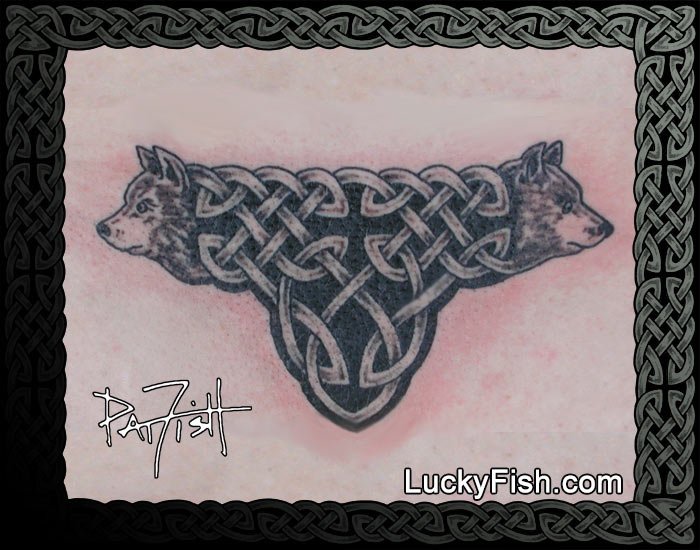Unlocking the Enigmatic Viking Ring Tattoo: Fascinating History and Symbolism Explored
List of Viking symbol tattoos and their meanings:
1. Helmet Tattoo of Fear (Aegishjalmur) – represents protection and superpowers
2. Tattoo of Valknut – symbolizes Odin’s welcome to warriors in Valhalla
3. Valknut – provides assistance in overcoming life’s difficulties
4. Yggdrasil – represents absolute power and connects everything in the universe
5. Thor’s hammer (Mj枚lnir) – symbolizes power, courage, and generosity
6. Ouroboros – represents the unity of spiritual and material things and the eternal cycle of rebirth and destruction
7. Troll Cross – believed to protect against negative forces
8. Web of Wyrd – symbolizes the interconnectedness of past actions, the present, and the future
9. Vegvisir – a symbol of guidance and safe journeys
10. Futhark runes – a Viking alphabetical system not primarily used for communication
11. Helm of Awe – believed to have magical powers and used for protection
12. Ravens – commonly depicted in Norse mythology, symbolizing Odin
13. Viking Longboats – represent the Vikings’ seafaring abilities and instilled fear in their enemies
14. Odin – a prominent figure and frequently depicted in tattoos
15. Yggdrasil – a mythical tree known as the “tree of life,” connects the Nine Worlds of Norse Paganism
16. Norns – powerful female beings who dictate the destiny of gods and men and live beneath the Well of Fate.

